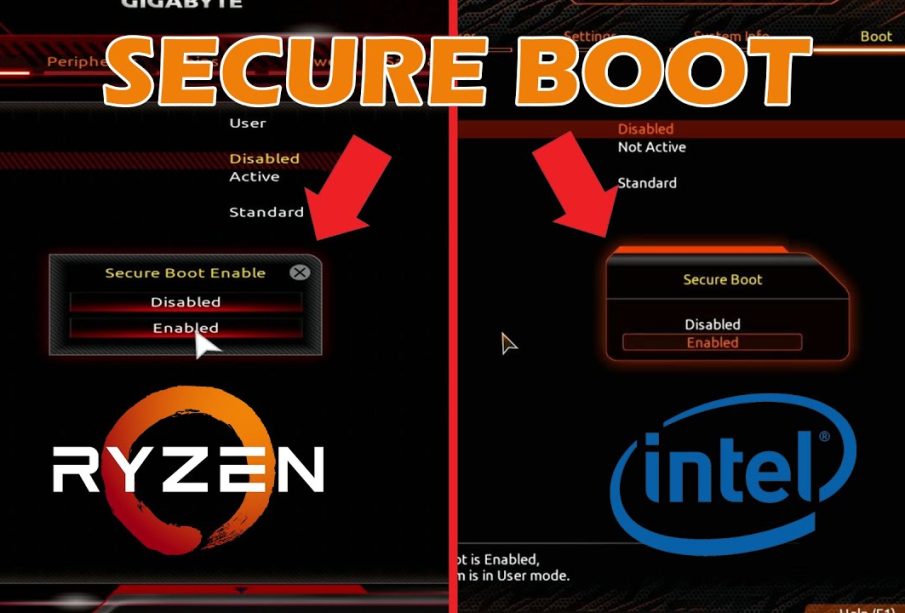The Importance of Secure Boot in Computer Security

Introduction to Secure Boot
As cyber threats continue to evolve, the importance of secure technology solutions has never been more critical. One of the foundational features in modern computer security systems is Secure Boot. It plays a vital role in ensuring that devices start securely, preventing unauthorized software from loading during the boot process. With the increasing reliance on technology for personal and business operations, understanding Secure Boot is essential for all users.
How Secure Boot Works
Secure Boot is a protocol defined by the Unified Extensible Firmware Interface (UEFI) that enables a computer to boot using only software that is trusted by the manufacturer. When a device is powered on, the firmware checks the digital signature of the software, including operating systems and drivers, against a database of known good signatures. If the firmware detects software that is not trusted or has been tampered with, it will prevent the system from booting, thereby stopping potential malware from executing.
Recent Developments in Secure Boot
Recent advancements in Secure Boot have focused on enhancing its effectiveness against sophisticated threats. For example, as of late 2023, hardware manufacturers are looking into integrating advanced cryptographic techniques and expanding firmware capabilities. This not only improves the overall security level but also broadens the scope of devices and operating systems that can leverage Secure Boot features.
Challenges and Concerns
Despite its benefits, Secure Boot is not without challenges. Issues related to compatibility and user control are often raised. For instance, some users may want to install custom operating systems or software that may not be signed by a trusted authority, leading to frustration if their devices won’t boot. Additionally, vulnerabilities in the Secure Boot process have been identified, leading researchers to call for continuous improvements and rigorous testing.
Conclusion and Future Outlook
As technology continues to advance, the relevance of Secure Boot in maintaining the integrity of computing devices remains paramount. Looking ahead, we can expect to see more integration of Secure Boot capabilities in a wider array of devices, alongside increased user education regarding its importance. With ongoing collaboration between hardware manufacturers and software developers, Secure Boot will likely evolve to better address future cybersecurity challenges, ensuring that users can operate their devices safely and securely.


